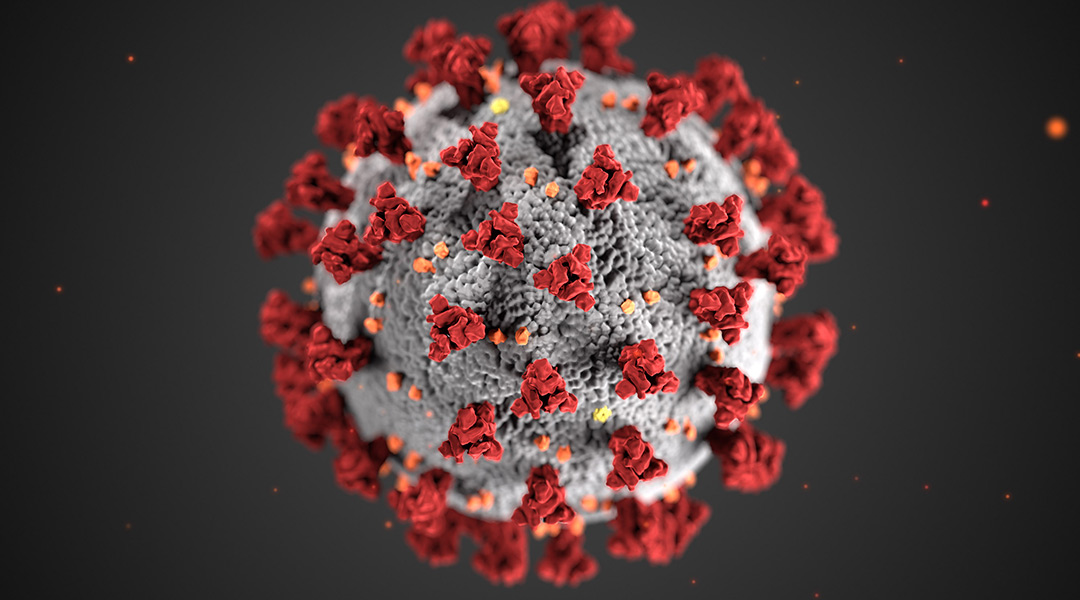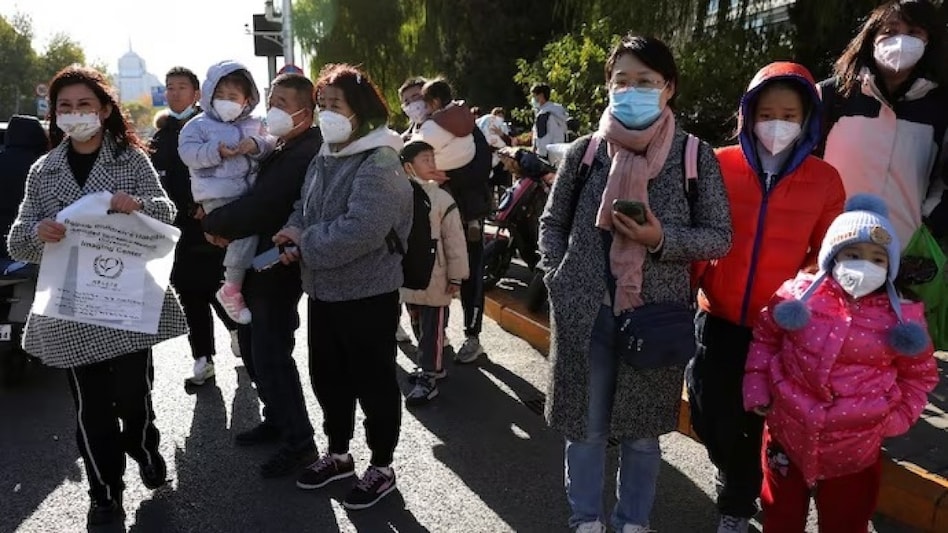State governments have been advised by the BJP-led Central Government to maintain preparedness amidst the China’s mysteriously spread pneumonia.
Union Health Secretary has written a letter to all the states and Union Territories (UTs) to ramp up medical infrastructure such as hospital beds, drugs and vaccines for influenza, medical oxygen, antibiotics, personal protective equipment, testing kits and reagents, functionality of oxygen plants and ventilators, infection control practices in health facilities, at a senior level, a release from the Union Health Ministry read.
All states and UTs have been advised to implement ‘Operational Guidelines for Revised Surveillance Strategy in the context of Covid- 19’, shared earlier this year, which provides for integrated surveillance of respiratory pathogens presenting as cases of influenza-like illness (ILI) and severe acute respiratory illness (SARI).
The Health Ministry release said the states and UTs have also been asked to ensure that the trends of ILUSARI should be closely monitored by the district and state surveillance units of the Integrated Disease Surveillance Project (IDSP), particularly of children and adolescents.
“The data of ILl/SARI is required to be uploaded on IDSP-IHIP portal, particularly from the public health institutions including medical college hospitals,” it said.
The state governments have been directed to send nasal and throat swab samples of patients with SARI, particularly of children and adolescents, to Virus Research and Diagnostic Laboratories (VRDL’s) located in the states for testing for respiratory pathogens.
“The cumulative effect of implementation of these precautionary and proactive collaborative measures is expected to counter any potential situation and ensure the safety and well-being of the citizens,” the Health Ministry said.
Whilst China cannot catch a break with producing different COVID-19 alike variants; Are India’s State Governments ready for another COVID resurgence?
What is currently unfolding in China is a grim reminder of what played out three years ago in Wuhan, widely considered as the epicentre of the COVID-19 pandemic that ended up killing more than 6 million people across the world, as per official figures.
It was in December 2019 that the novel coronavirus began spreading like wildfire amongst the population in the country, that hid the reality until the first case appeared in India in January 2020 in Kerala.
And once again, what’s happening in China has brought back the scare, as a fresh Covid wave overwhelms hospitals and drives up the death toll.
According to one statistical model published by the Institute for Health Metrics and Evaluation (IHME), China could see around 1.6 million fatalities due to COVID-19 through 2023, while a third of the population is likely to get infected by April 2023. This comes after the Chinese government abruptly abandoned its zero-Covid policy.
States have been directed to bolster the surveillance system for whole genome sequencing of positive case samples to track the variants through Indian SARS-CoV-2 Genomics Consortium (INSACOG) network to ensure timely detection of newer variants that may be circulating in the country.
This would facilitate undertaking of appropriate public health measures. States have been requested to send samples of all Covid-19 positive cases to INSACOG Genome Sequencing Laboratories (IGSLs) on a daily basis, for sequencing.
Dr V K Paul, member (health) Niti Aayog, said that India has already seen the variant BF.7 circulating in India since July this year. Three cases have emerged in Gujarat, one in Odisha and another one in an undisclosed location. Dr Paul mentioned that states that have dropped the mask mandates may need to bring them back again.

Availability of vaccine doses could pose a challenge in the coming days as there could be a sudden scramble by the unvaccinated to get jabbed. The Centre has maintained that it has sufficient stocks of vaccines available, even after pharma companies had to cut down Covid vaccine productions due to the low take-up of jabs in the country after the lethargy set in.
“Based on the recent data, a considerable proportion of adults are yet to receive the third dose (booster), and a small proportion have not received the second dose. This translates to several millions of vulnerable persons.
It is important to reduce the vaccination gap for the third dose and plan for subsequent doses. The need for additional doses should be evaluated based on evidence in India, required to accentuate immune response over and above hybrid immunity,” said epidemiologist Dr Giridhar Babu.
More about China’s latest gift to mankind after COVID-19
As China experiences its first winter without strict COVID-19 restrictions since the outbreak of the pandemic three years ago, a wave of respiratory illness is sweeping across the country.
The unusual rise in cases has prompted the World Health Organization (WHO) to prod China for additional information on the outbreak and seek enhanced response measures.
Although the cause of this trend is unclear, some health experts are attributing it to a common and temporary aftereffect of lifting lockdown restrictions, even as unanswered questions around the infections and the country of their spread have led others to draw parallels with the early days of the pandemic.

Authorities from China’s National Health Commission attributed the rise in cases to the lifting of COVID-19 restrictions. Health experts have also agreed that this could be the reason, similar to the “lockdown exit wave” that was witnessed in countries like the United Kingdom.
China may be repaying an “immunity debt” after their lengthy lockdown, “which must have drastically reduced the circulation of respiratory bugs and hence decreased immunity to endemic bugs”, Francois Belloux, director of University College London’s Genetic Institute, said in a statement posted on X.
He added that based on current information, “there is no reason to suspect the emergence of a novel pathogen” and that Mycoplasma pneumoniae, the probable source of most cases and a bacteria that typically affects younger children, is “generally fairly harmless”.
Chinese authorities listed mycoplasma as one of the circulating pathogens along with respiratory syncytial virus (RSV) and SARS-CoV-2, the virus that causes COVID-19. The WHO has asked China for more information on the recent patterns of these microorganisms.
While the presence of a novel pathogen is a possibility until more information is made available, the outbreak could also be due to “an existing but newly mutated pathogen with modified characteristics and severity”, said Laith Abu-Raddad, professor of healthcare policy and research at Weill Cornell Medicine in Qatar.
“Both scenarios would be of global concern as pathogens will cross national borders sooner or later regardless of preventive measures,” he said.














